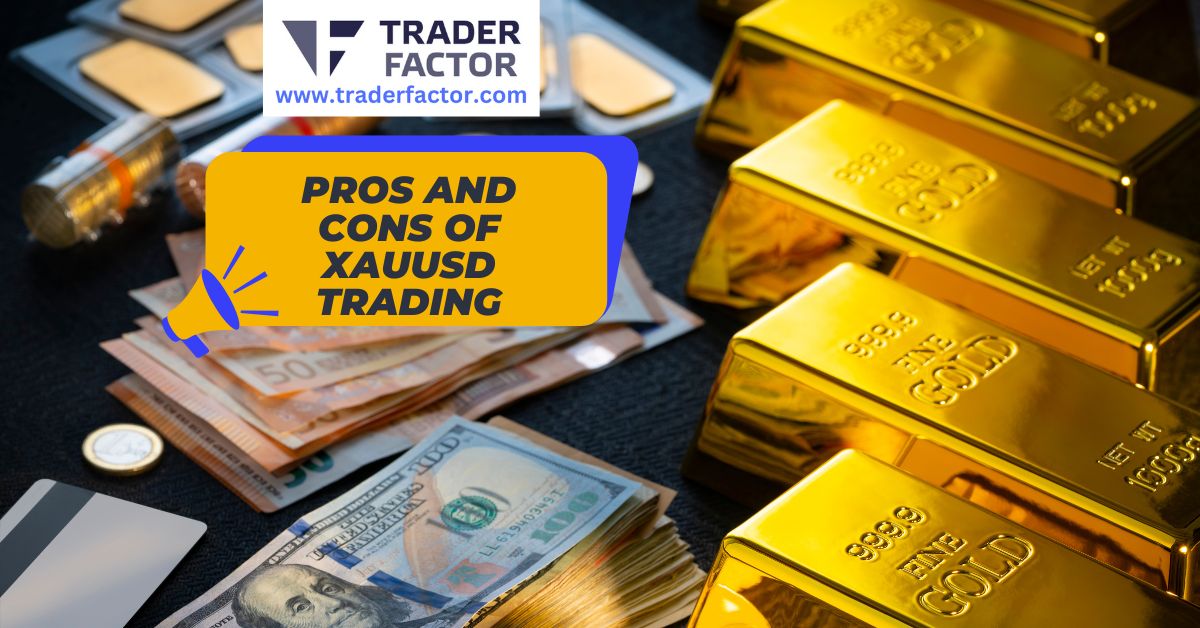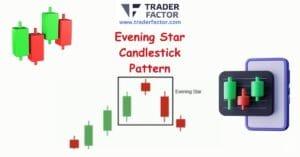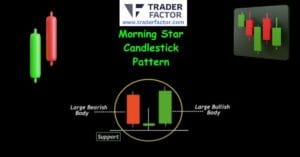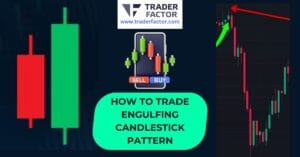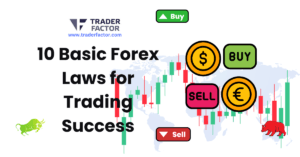When exploring the pros and cons of XAUUSD trading, it’s important to keep in mind that XAUUSD pair represents the exchange rate between gold and the US dollar. It measures how much USD is needed to purchase one troy ounce of gold. Gold has always held significant value in global markets due to its historical standing as a store of value and investment asset. As a result, XAUUSD trading has become incredibly popular among a broad spectrum of investors, ranging from individual traders to large institutional players who seek to hedge against volatility and diversify their portfolios.
Pros of XAUUSD Trading
Safe-Haven Asset
Gold is renowned for being a stable store of value, especially in times of economic downturns or geopolitical instability. When traditional financial markets face turbulence, investors often flock to gold as a safe-haven asset. This demand typically drives up the price of gold, making XAUUSD trading attractive during uncertain times. The metal’s long-standing reputation for reliability helps maintain its allure as a hedge against various market risks.
Inflation Hedge

Gold has a historic ability to retain its value over long periods, making it an effective hedge against inflation. As fiat currencies lose purchasing power due to inflation, gold tends to appreciate, thus protecting investors’ wealth. This characteristic makes gold an appealing asset for those looking to safeguard their investments against currency depreciation and rising prices, ensuring that their purchasing power remains intact.
Diversification
Including gold in an investment portfolio can significantly reduce overall risk. Gold often exhibits a negative correlation with other asset classes like stocks and bonds, which means it tends to move inversely to these assets. By adding gold to a diversified portfolio, investors can achieve better risk management and mitigate potential losses from other investments, thus enhancing the portfolio’s stability.
High Liquidity
The global gold market is highly liquid, with substantial trading volumes on various exchanges worldwide. High liquidity ensures that traders can easily enter and exit positions with minimal price slippage, making transactions more efficient. This ease of buying and selling gold adds to its attractiveness as a trading instrument, as investors can quickly capitalize on market movements.

Volatility and Profit Potential
Gold prices are known for their volatility, which translates into numerous trading opportunities. Frequent price fluctuations enable traders to exploit short-term movements for potentially significant gains. Skilled traders can leverage this volatility to achieve substantial profits, making XAUUSD trading appealing for those with a high-risk tolerance and a strategic approach to capitalizing on market trends.
Cons of XAUUSD Trading

Market Volatility
While the volatility of gold prices can present profit opportunities, it also poses a significant risk of large losses. Traders must be prepared for substantial price swings, which can result in unfavorable outcomes if not managed properly. Effective risk management strategies, such as stop-loss orders and careful position sizing, are essential to protect capital and navigate the volatile nature of gold trading.

No Yield or Dividend
Unlike stocks or bonds, gold does not generate income in the form of interest or dividends. Investors rely solely on capital appreciation to realize returns, which may not always occur. This lack of yield makes gold less attractive for income-seeking investors who prefer assets that provide regular payouts, highlighting a key limitation of XAUUSD trading.
Geopolitical and Economic Influences
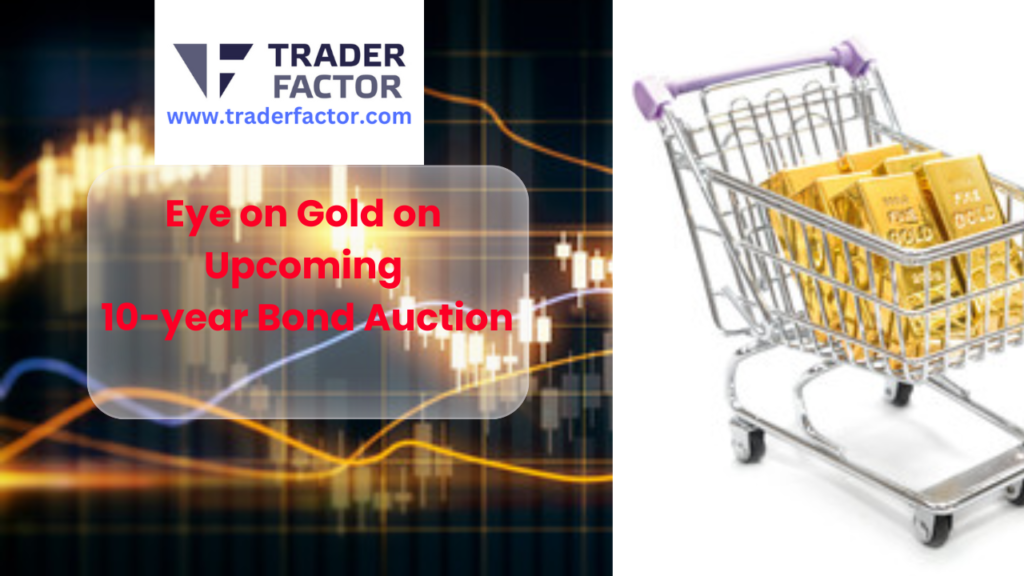
Gold prices are highly sensitive to a wide range of external factors, including political events, central bank policies, and macroeconomic data. These influences can cause significant and unpredictable price movements, making it challenging to accurately forecast short-term trends. The complexity and unpredictability of these factors add a layer of difficulty to XAUUSD trading, requiring traders to stay well-informed and adaptable.

Leverage Risks
Forex trading often offers high leverage, allowing traders to control large positions with relatively small capital. While leverage can amplify potential gains, it also increases the risk of significant losses. If the market moves against a leveraged position, traders can incur losses exceeding their initial investment. This risk underscores the importance of using leverage cautiously and implementing robust risk management practices.
Costs and Spreads

Trading costs, including spreads and commissions, can impact overall profitability, especially for frequent traders. Tight spreads and low commissions are crucial to maintain profitability, as high transaction costs can eat into returns. Traders need to consider these costs when planning their trading strategies to ensure that their activities remain economically viable.
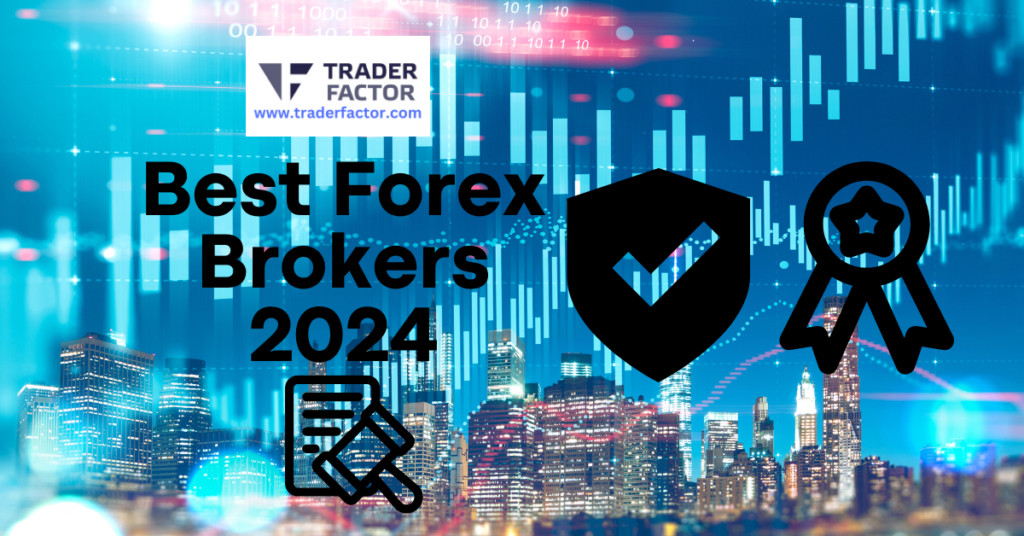
Conclusion – Pros and Cons of XAUUSD Trading
In summary, XAUUSD trading offers several benefits, such as serving as a safe-haven asset, acting as an inflation hedge, providing diversification, offering high liquidity, and presenting profit potential from volatility. However, it also comes with challenges, including market volatility, the absence of yield, susceptibility to geopolitical and economic influences, leverage risks, and transaction costs. Whether XAUUSD trading is suitable depends on the individual’s risk tolerance, investment goals, and ability to manage the associated risks effectively. Traders must weigh these factors carefully to determine if this trading instrument aligns with their overall strategy.
Disclaimer:
All information has been prepared by TraderFactor or partners. The information does not contain a record of TraderFactor or partner’s prices or an offer of or solicitation for a transaction in any financial instrument. No representation or warranty is given as to the accuracy or completeness of this information. Any material provided does not have regard to the specific investment objective and financial situation of any person who may read it. Past performance is not a reliable indicator of future performance.

